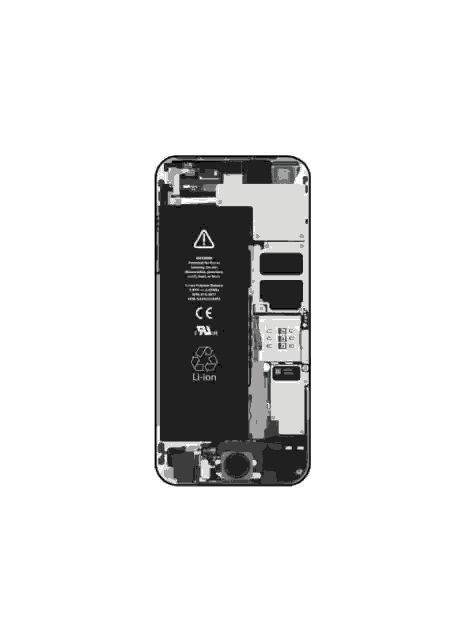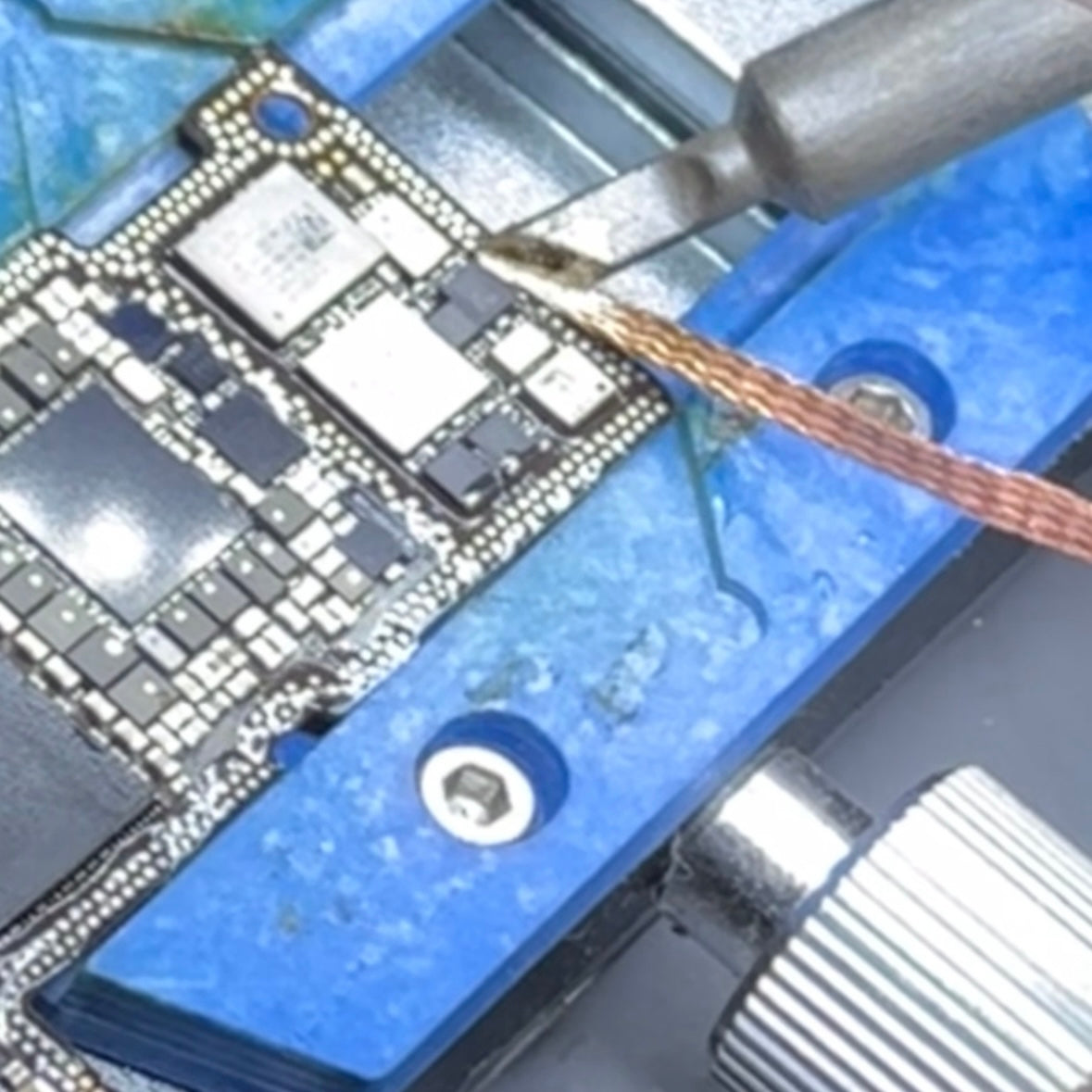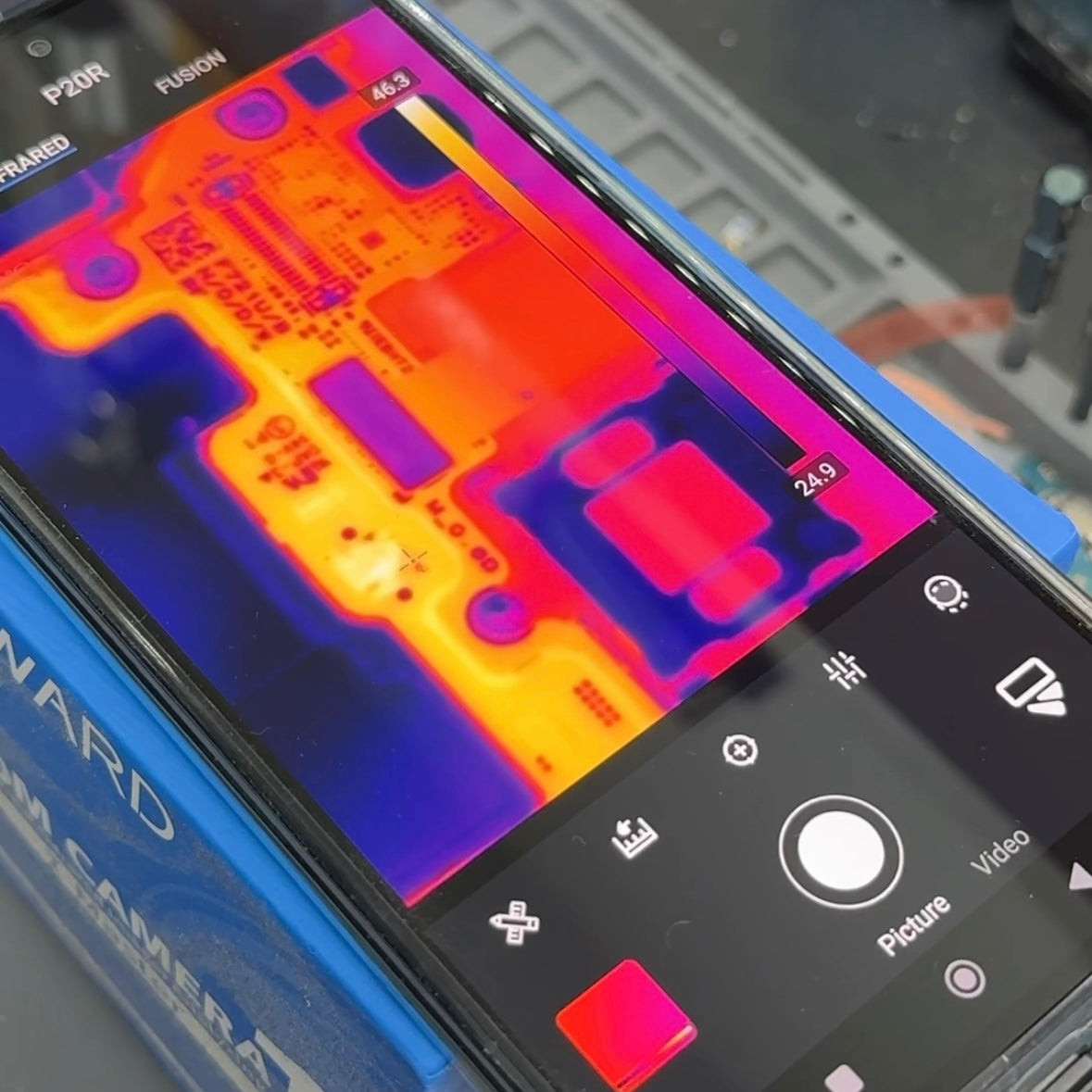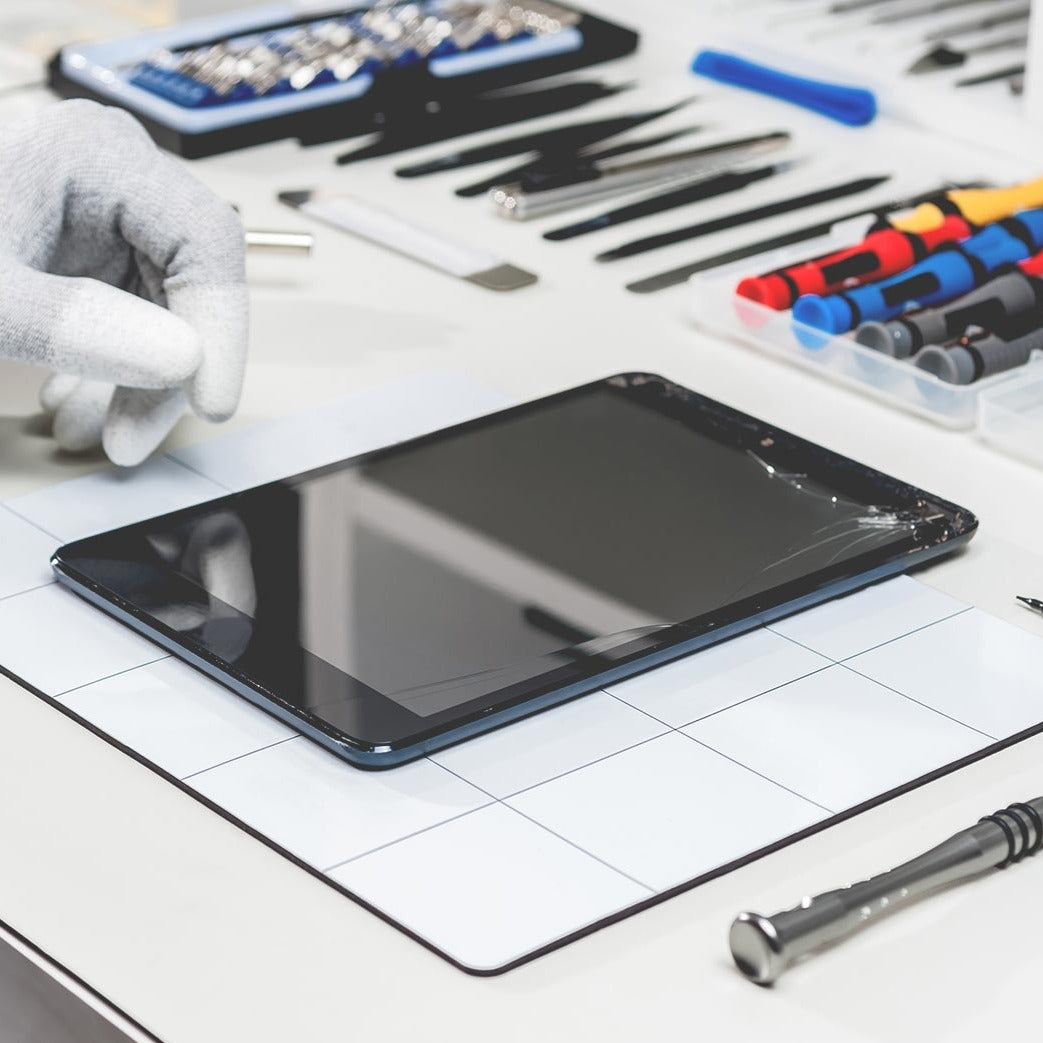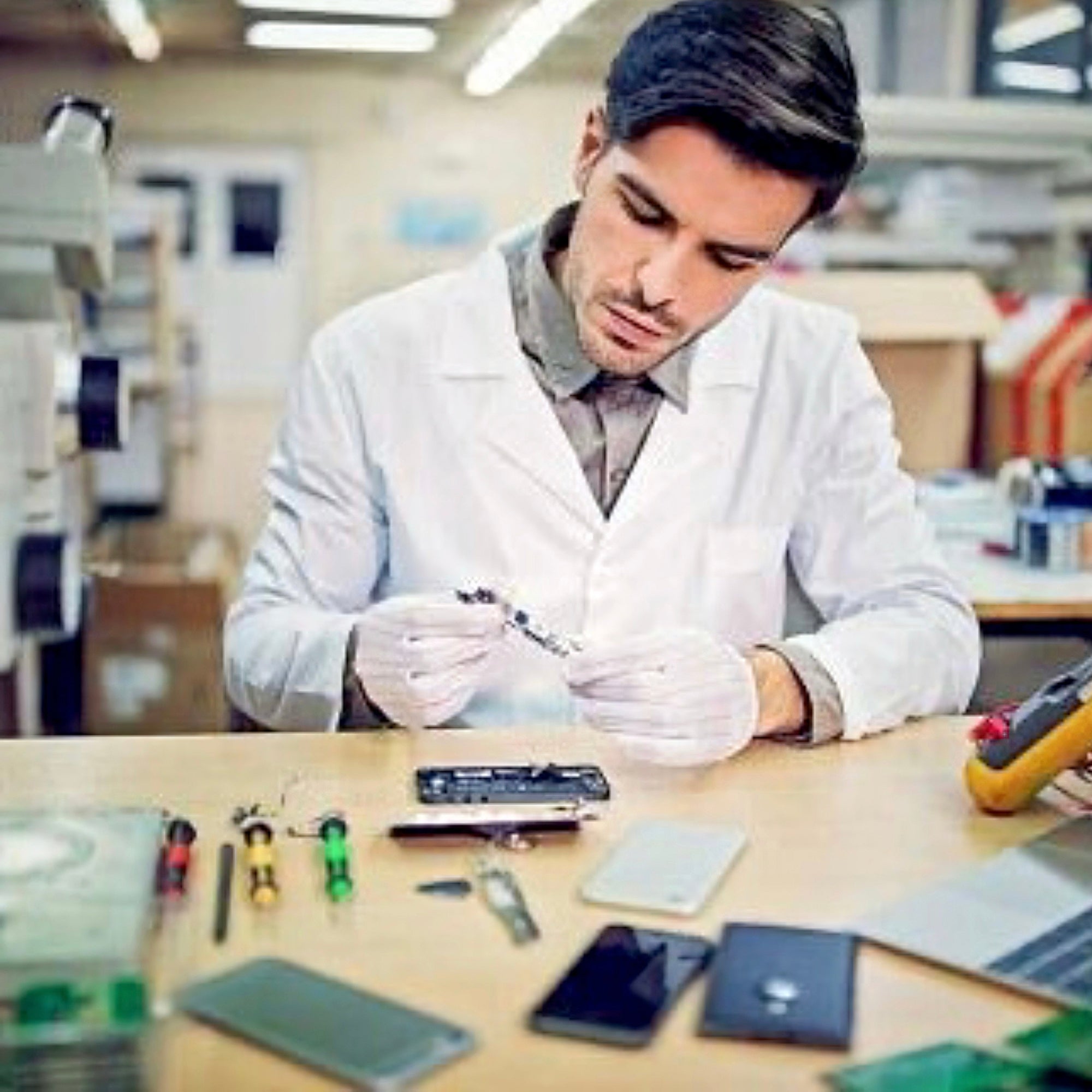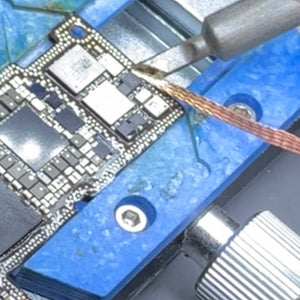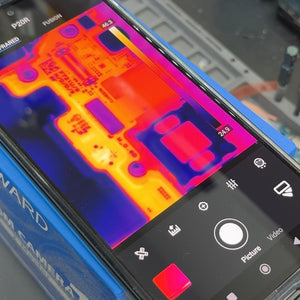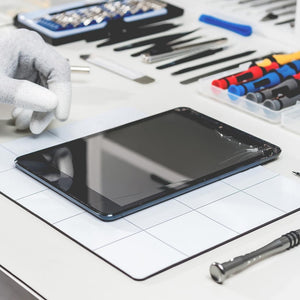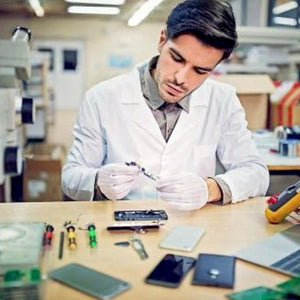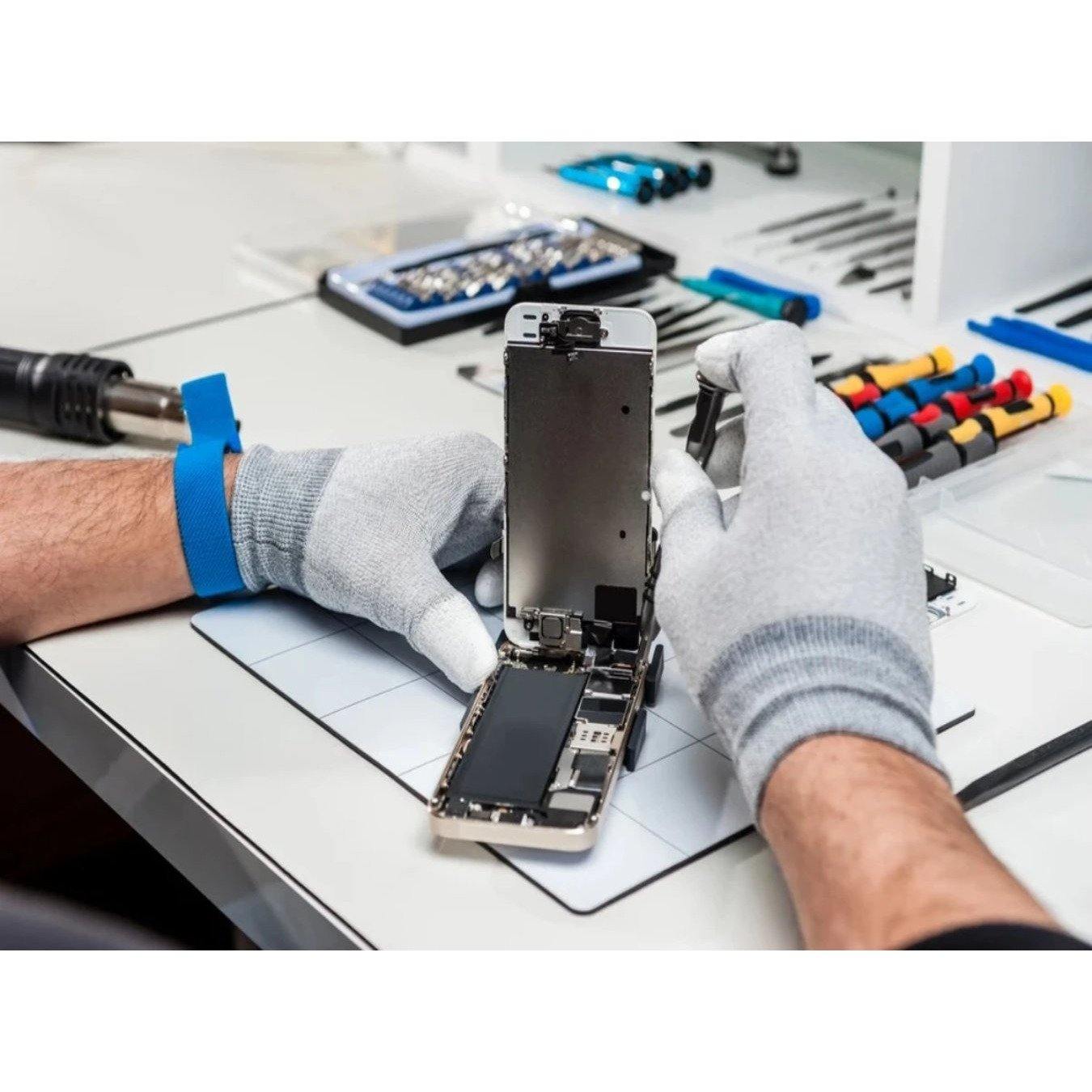Your Cart is Empty
-
Complexity of Logic Board Repairs:
- iPhones, especially those after the iPhone X, use a double-layer circuit board design. This makes repairs more difficult because components might be sandwiched between the two layers.
- Separating and rejoining these two boards requires specialized equipment and expertise in microsoldering.
- Board-level repairs involve skills like using a hot air station, a microscope, and extensive experience.
- Attempting these repairs without proper knowledge can lead to irreversible damage
-
Common Issues and Their Causes:
- Water/Liquid Damage: If your device has been exposed to water or moisture, it’s crucial to power it off immediately to prevent short circuits. Thorough cleaning and inspection can help assess the damage.
- Baseband Issues: Symptoms include “No Service,” “Searching,” missing modem firmware, dropped calls, or audio interruptions during calls.
- Touch IC Problems: These occur when touch issues persist despite the screen being fine. Signs include squares on the screen, unresponsive touch, or lines appearing.
- Audio IC Failures: Glitches in sound functions, such as creaking sounds or microphone/loudspeaker interruptions.
- PMIC (Power Management IC) Failure: Device won’t charge or revive even with a new battery.
- USB IC Issues: Charging problems with various symptoms2.
-
Professional Repair Services:
- time2talk Swansea specialize in logic board repairs for iPhones and iPads.
- These services involve micro soldering and replacing individual components.
- time2talk Swansea maintain high success rates and adhere to manufacturers’ standards.
- If other shops or service centre's deem your motherboard unfixable, consider seeking a second opinion from a reputable repair specialist
Remember that logic board repairs require expertise, precision, and the right tools. If you’re not experienced in micro soldering, it’s best to leave these repairs to professionals.

